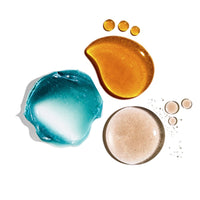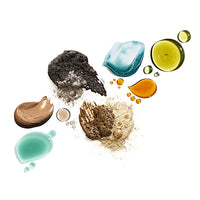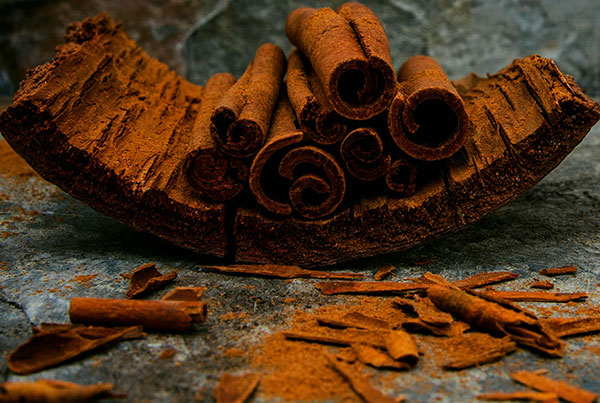ceylon cinnamon
While most of us reserve this sacred spice for the holiday season in the form of delicious pies, mulled ciders, and candles, true cinnamon has been documented for its use in medicine since 2,700 B.C. It has been used in Chinese medicine practices and Ayurveda for thousands of years.
Cinnamon’s strong antibacterial and anti-inflammatory effects, coupled with its high antioxidant content, make this aromatic star a powerful addition to our formulas. Our skin is exposed to oxidative stress and damage from free radicals on a daily basis. Cinnamon has the unique ability to increase blood circulation and collagen production through a key ingredient known as ‘cinnamaldehyde.’ This (naturally occurring) chemical constituent boosts circulation and assists in plumping skin and fighting the common effects of visible aging and cell damage.
Although there are about 250 species of cinnamomum recognized today, the cinnamomum cassia (cassia cinnamon) from China is the most common commercial variety and what you are most likely to find in nearly all grocers, natural food stores, prepared food and beauty products. However, cassia cinnamon is not true cinnamon and does not deliver the same benefits as the Ceylon variety, grown mostly in Sri Lanka. The distinction between these two types is vital. Cassia cinnamon is an irritant and does not contain the beneficial medicinal and beautifying properties of true Ceylon cinnamon.
Sourcing note:
Sri Lankan cinnamon is regarded as the highest grade on the global market. 80% of the cinnamon cultivation in Sri Lanka is attributed to small farmers. Dedicated to environmentally-friendly agricultural practices, this ingredient is part of our Ethical Global Sourcing Program. Our organic Ceylon cinnamon powder is shipped to our kitchen directly from a small organic farming cooperative, ensuring unparalleled freshness and quality for our clients and enhancing the living standards of the small farmers and communities in the project areas. At present, the association consists of 52 branch societies with more than 2,600 farmers. As a fundamental concept of organic agriculture, members practice mixed cropping systems and use a natural approach to pest control through companion-planting of shade trees, bug repellent plants, and medicinal herbs. Our vision is to support environmentally-friendly agriculture along with equally treated and economically empowered farmers and their communities.
Featured in: The Problem Solver and The Clean Dirt



